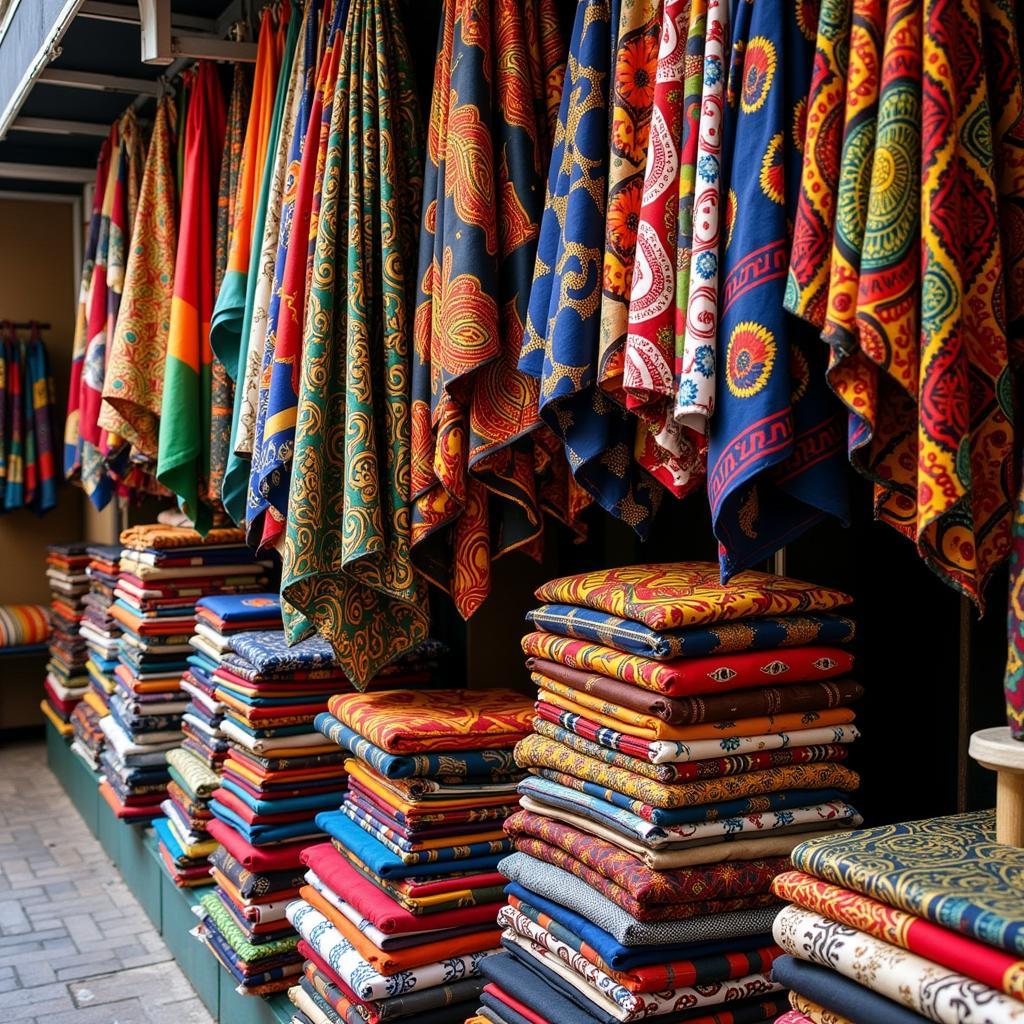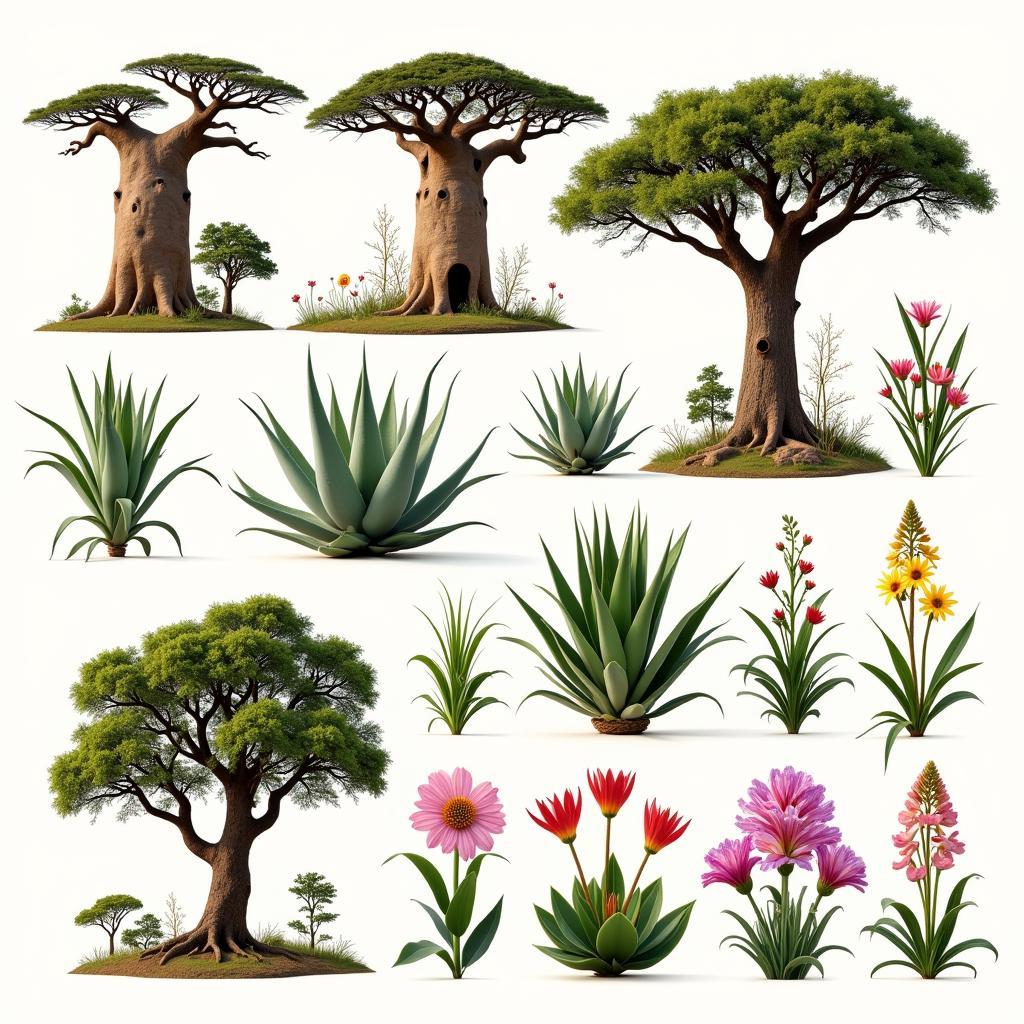The African Boundary of Congo: A Journey into the Heart of the Continent
The Democratic Republic of Congo, often simply referred to as Congo, is a country in Central Africa. The country’s rich history, culture, and landscape make it an intriguing destination. However, it is also a country known for facing its fair share of challenges. These challenges can be partly attributed to the complex and contested nature of Congo’s borders, which have been influenced by colonialism, political instability, and economic disparities. In this article, we delve into the history and complexities of the African boundary of Congo, exploring its impact on the country’s development, people, and environment.
A History of Colonial Boundaries
The borders of Congo, like many African countries, were drawn during the colonial era. In the late 19th century, European powers, driven by a quest for resources and territory, carved up the African continent, largely ignoring existing ethnic and cultural boundaries. This colonial legacy continues to shape the political and social landscapes of many African nations, including Congo.
“The colonial boundaries of Africa were artificial lines drawn on a map by European powers,” explains Professor Dr. Amani M. Kamara, a renowned African historian. “These lines did not take into account the existing ethnic and cultural diversity of the continent, leading to the creation of artificial states that often lacked internal cohesion.”
The Congo Free State, founded in 1885, was a personal colony of King Leopold II of Belgium. Leopold II exploited the Congo’s natural resources, particularly rubber, in a brutal and exploitative manner, leading to widespread human rights abuses and a dramatic decline in the indigenous population. After decades of international pressure, the Congo Free State was transferred to Belgium in 1908, becoming the Belgian Congo.
The Congo’s Post-Colonial Boundaries
Following independence in 1960, the Democratic Republic of Congo inherited its colonial borders. However, the country’s internal divisions and political instability created new tensions along its boundaries. The country witnessed a series of conflicts, including the First and Second Congo Wars, which further complicated its borders and led to a humanitarian crisis.
“The post-colonial period witnessed a rise in interstate disputes and rebellions along Congo’s borders, fueled by resource competition, ethnic tensions, and the remnants of colonial legacies,” adds Dr. Samuel N. Diop, a political scientist specializing in African conflicts. “These conflicts have destabilized the region and hindered economic development in Congo and neighboring countries.”
The Impact of Boundaries on the Congo
The African boundary of Congo has had a profound impact on the country’s development, people, and environment. The porous borders, often characterized by informal trade and cross-border movements, make it difficult to control illegal activities, including the smuggling of goods and weapons. This has contributed to a lack of security and instability in the region.
The disputed borders have also hampered economic development by hindering access to markets and infrastructure. The instability along Congo’s borders has disrupted trade and investment, limiting economic opportunities for the people of Congo.
The environment has also been affected by the legacy of colonial borders. The fragmentation of ecosystems and the absence of coordinated environmental management across borders have contributed to deforestation, biodiversity loss, and climate change.
The Future of the Congo’s Boundaries
The challenge of managing and resolving the complexities of Congo’s borders remains a priority for the country’s government. To address these issues, the government of Congo is seeking to promote regional cooperation, strengthen border security, and foster economic development along its borders.
“The future of the Congo’s borders is intertwined with the broader context of regional peace and stability,” says Dr. Amani M. Kamara. “The country needs to work with its neighbors to address common challenges, including resource management, conflict resolution, and economic development. This requires a collaborative approach that recognizes the shared interests and interconnectedness of the region.”
Frequently Asked Questions (FAQs)
Q: What are the main challenges associated with the African boundary of Congo?
A: The main challenges include political instability, resource competition, cross-border crime, and the lack of infrastructure development.
Q: How does the legacy of colonialism impact the Congo’s borders?
A: The colonial borders, which were drawn without considering existing ethnic and cultural boundaries, continue to create divisions and conflicts in the region.
Q: What are the implications of porous borders for the Congo?
A: Porous borders contribute to a lack of security, facilitate illegal activities, and hamper economic development by hindering trade and investment.
Q: What are the potential solutions to the challenges posed by Congo’s borders?
A: Solutions include promoting regional cooperation, strengthening border security, fostering economic development, and addressing the root causes of conflict.
Q: What is the importance of understanding the history and complexities of the African boundary of Congo?
A: Understanding the historical context and the challenges associated with Congo’s borders is crucial for developing effective policies and initiatives to promote peace, security, and sustainable development in the region.
Conclusion
The African boundary of Congo is a complex and challenging issue with far-reaching implications for the country’s development, people, and environment. The legacy of colonialism, the legacy of instability, and the challenges of resource management continue to pose hurdles for the country’s progress. Addressing these issues requires a multi-faceted approach, including regional cooperation, border security, and economic development initiatives. By understanding the history and complexities of Congo’s borders, we can work towards a brighter future for the region, promoting peace, stability, and prosperity for the people of Congo.


